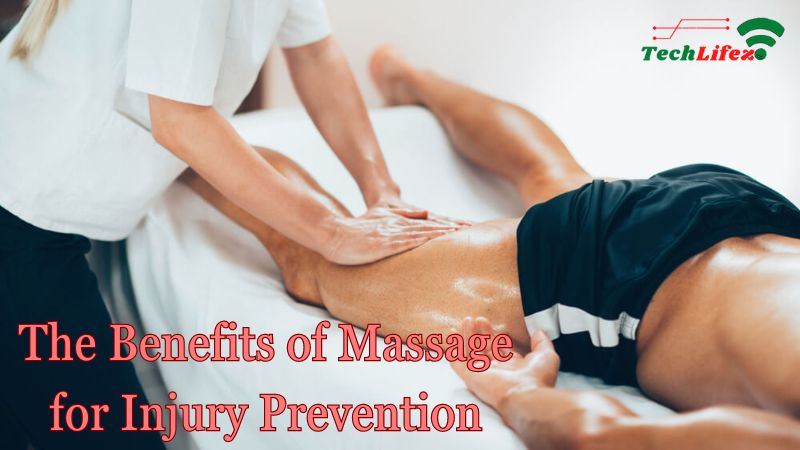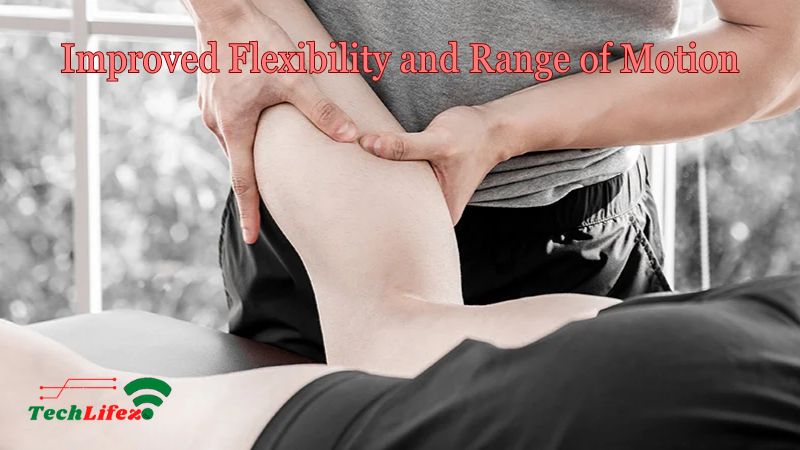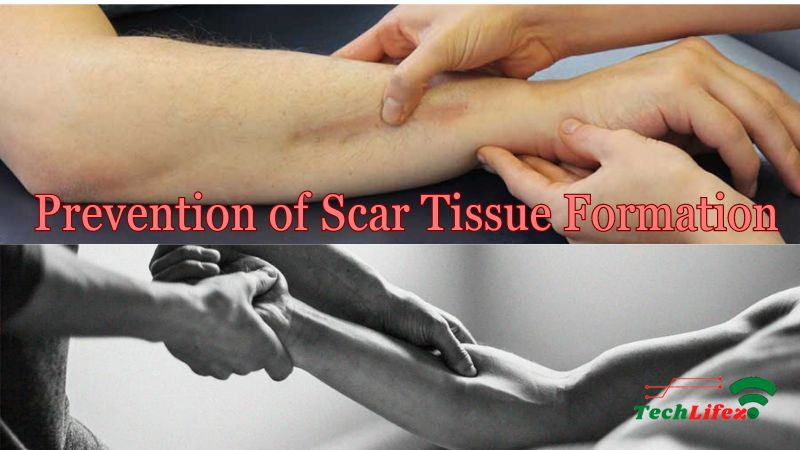In the realm of physical wellness and athletic performance, the benefits of massage for injury prevention cannot be overstated. Massage therapy offers a multifaceted approach to maintaining optimal health, addressing both physical and mental aspects of well-being. From professional athletes to weekend warriors, individuals across all levels of fitness can reap the rewards of incorporating regular massage sessions into their routine. Let’s delve deeper into with Techlifez how massage therapy serves as a cornerstone in the quest for injury prevention and overall wellness.
Contents
- 1 The Benefits of Massage for Injury Prevention
- 1.1 1. Improved Flexibility and Range of Motion
- 1.2 2. Enhanced Blood Circulation
- 1.3 3. Reduced Muscle Tension and Stress
- 1.4 4. Prevention of Scar Tissue Formation
- 1.5 5. Identification of Muscular Imbalances
- 1.6 6. Improved Posture
- 1.7 7. Enhanced Body Awareness
- 1.8 8. Stress Reduction and Relaxation
- 1.9 9. Faster Recovery from Workouts
- 1.10 10. Improved Athletic Performance
- 2 Sum Up
The Benefits of Massage for Injury Prevention
1. Improved Flexibility and Range of Motion
Massage therapy plays a pivotal role in injury prevention, primarily by enhancing flexibility and range of motion. Skilled massage therapists focus on releasing muscle tightness and adhesions, effectively loosening restricted tissues to promote greater mobility and reduce the risk of strains and tears during physical activity. Whether individuals are preparing for a workout or recovering from one, maintaining optimal flexibility is crucial in safeguarding against injuries. Through targeted massage techniques, individuals can support their bodies in achieving and sustaining the flexibility necessary for injury prevention and overall physical well-being.
2. Enhanced Blood Circulation
Massage therapy promotes blood circulation throughout the body, facilitating the delivery of oxygen and nutrients to muscles and tissues. This increased blood flow not only aids in tissue repair and regeneration but also helps to remove metabolic waste products that can accumulate during exercise. By optimizing circulation, massage plays a crucial role in preventing muscle fatigue, cramping, and overuse injuries.
3. Reduced Muscle Tension and Stress
In the hustle and bustle of modern life, stress and tension are omnipresent, often manifesting in physical discomfort and strain. Regular massage sessions offer a haven of relaxation, providing a sanctuary where muscles can unwind and release accumulated tension. By alleviating stress levels and promoting muscular relaxation, massage therapy plays a pivotal role in mitigating the risk of injuries caused by tense and overworked muscles. Investing in regular massage treatments not only fosters physical well-being but also serves as a proactive measure against the adverse effects of stress on both body and mind.
4. Prevention of Scar Tissue Formation
Injuries are an inevitable part of an active lifestyle, but how we address them can significantly impact our long-term health. Massage therapy aids in the prevention of scar tissue formation by breaking down adhesions and promoting proper tissue healing. By addressing injuries promptly and effectively, massage therapists help maintain tissue elasticity and prevent the development of chronic issues that can predispose individuals to further injuries.
5. Identification of Muscular Imbalances
One of the hidden gems of massage therapy lies in its ability to uncover muscular imbalances and asymmetries within the body. Through skilled palpation and assessment techniques, massage therapists can pinpoint areas of tension, weakness, or dysfunction. By addressing these imbalances through targeted massage techniques and corrective exercises, individuals can correct faulty movement patterns and reduce the risk of overuse injuries.
6. Improved Posture
In today’s sedentary society, poor posture has become increasingly prevalent, leading to a myriad of musculoskeletal issues. Massage therapy can help correct postural imbalances by releasing tight muscles and restoring proper alignment. By improving posture, individuals can alleviate strain on muscles and joints, thereby reducing the risk of injury during physical activity.
7. Enhanced Body Awareness
Regular massage promotes heightened body awareness by encouraging individuals to tune into their physical sensations and areas of discomfort. By fostering a deeper connection with their bodies, individuals can proactively address minor issues before they escalate into more significant injuries. This increased self-awareness empowers individuals to take an active role in their injury prevention efforts.
8. Stress Reduction and Relaxation
Beyond its physical benefits of massage for injury prevention, massage therapy serves as a sanctuary for relaxation and stress relief. In today’s fast-paced world, chronic stress can wreak havoc on our bodies, predisposing us to injury and illness. Massage therapy provides a safe space for individuals to unwind, relax, and rejuvenate both body and mind, thereby creating an optimal environment for injury prevention.
9. Faster Recovery from Workouts
Intense physical activity places significant demands on the body, leading to muscle soreness, fatigue, and inflammation. Massage therapy accelerates the recovery process by reducing muscle soreness and inflammation, allowing individuals to bounce back quicker from their workouts. By promoting faster recovery, massage therapy enables individuals to maintain consistent training schedules without risking overuse injuries.
10. Improved Athletic Performance
For athletes striving to reach the pinnacle of their performance, massage therapy is a valuable tool in their arsenal. By enhancing flexibility, reducing muscle tension, and promoting faster recovery, massage therapy optimizes athletic performance and reduces the risk of injuries during training and competition. From elite athletes to weekend warriors, everyone can benefit from the performance-enhancing effects of regular massage therapy.
Sum Up
In conclusion, the benefits of massage for injury prevention are undeniable. From improving flexibility and circulation to reducing stress and enhancing body awareness, massage therapy offers a holistic approach to maintaining optimal physical health. By incorporating regular massage sessions into their routine, individuals can proactively safeguard themselves against injuries and pave the way for a lifetime of health and wellness.




